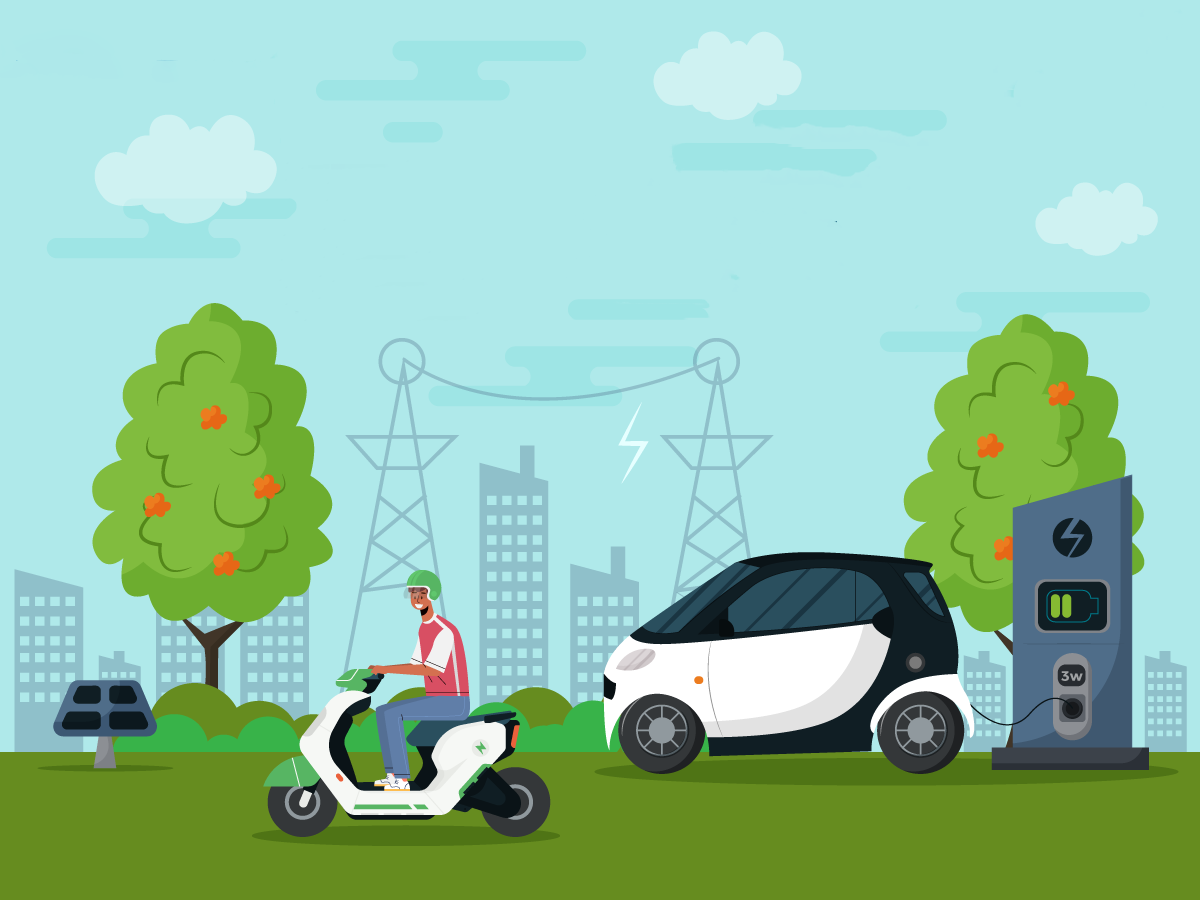Send a message
We’re here to answer any question you may have.
careers
Would you like to join our growing team?
careers@hub.com
careers
Would you like to join our growing team?
careers@hub.com
We’re here to answer any question you may have.
Would you like to join our growing team?
careers@hub.com
Would you like to join our growing team?
careers@hub.com

India’s transportation landscape is undergoing a significant transformation with the rapid growth of the electric vehicle (EV) taxi market. As the government and society at large emphasize sustainable mobility, electric taxis have emerged as a popular and eco-friendly mode of transportation. This article delves into the key factors driving the growth of the EV taxi market in India and the positive impact it has on urban mobility.
The Indian government has played a crucial role in promoting the adoption of electric taxis through various initiatives. The Faster Adoption and Manufacturing of Hybrid and Electric Vehicles (FAME) scheme provides financial incentives and subsidies to taxi operators, reducing the upfront costs of purchasing electric vehicles. Additionally, state-level policies and incentives, such as reduced road tax and registration fees, further encourage taxi operators to switch to electric vehicles. These government initiatives have been instrumental in creating a favorable environment for the growth of the EV taxi market.
Electric taxis offer several economic advantages over their conventional counterparts. Lower operating costs, primarily due to the significantly lower price of electricity compared to fossil fuels, make electric taxis more cost-effective to run in the long term. Furthermore, electric vehicles require less maintenance, as they have fewer moving parts and do not require oil changes. These factors contribute to the improved profitability of taxi operators, making electric taxis an attractive business proposition.
The development of a robust charging infrastructure is vital for the widespread adoption of electric taxis. The government, in collaboration with public and private entities, has taken significant steps to establish a network of charging stations across the country. These charging stations are strategically placed at key locations such as airports, railway stations, commercial areas, and taxi hubs. This infrastructure development ensures that electric taxi drivers have convenient access to charging facilities, alleviating concerns about range anxiety and supporting uninterrupted operations.
With increasing awareness and environmental consciousness, consumers in India are actively seeking greener transportation options. Electric taxis provide an eco-friendly alternative without compromising on comfort or convenience. Additionally, the smooth and quiet operation of electric vehicles enhances the overall passenger experience, contributing to customer satisfaction. The availability of electric taxis through ride-hailing platforms further expands their accessibility, making them a popular choice among urban commuters.
The EV taxi market in India is witnessing remarkable growth, driven by government initiatives, economic viability, environmental benefits, charging infrastructure development, and changing consumer preferences. Electric taxis not only contribute to reducing carbon emissions and air pollution but also offer economic advantages to taxi operators. As the infrastructure and ecosystem continue to evolve, the electric taxi market will play a pivotal role in transforming urban mobility, creating cleaner and more sustainable cities in India.
Adding {{itemName}} to cart
Added {{itemName}} to cart